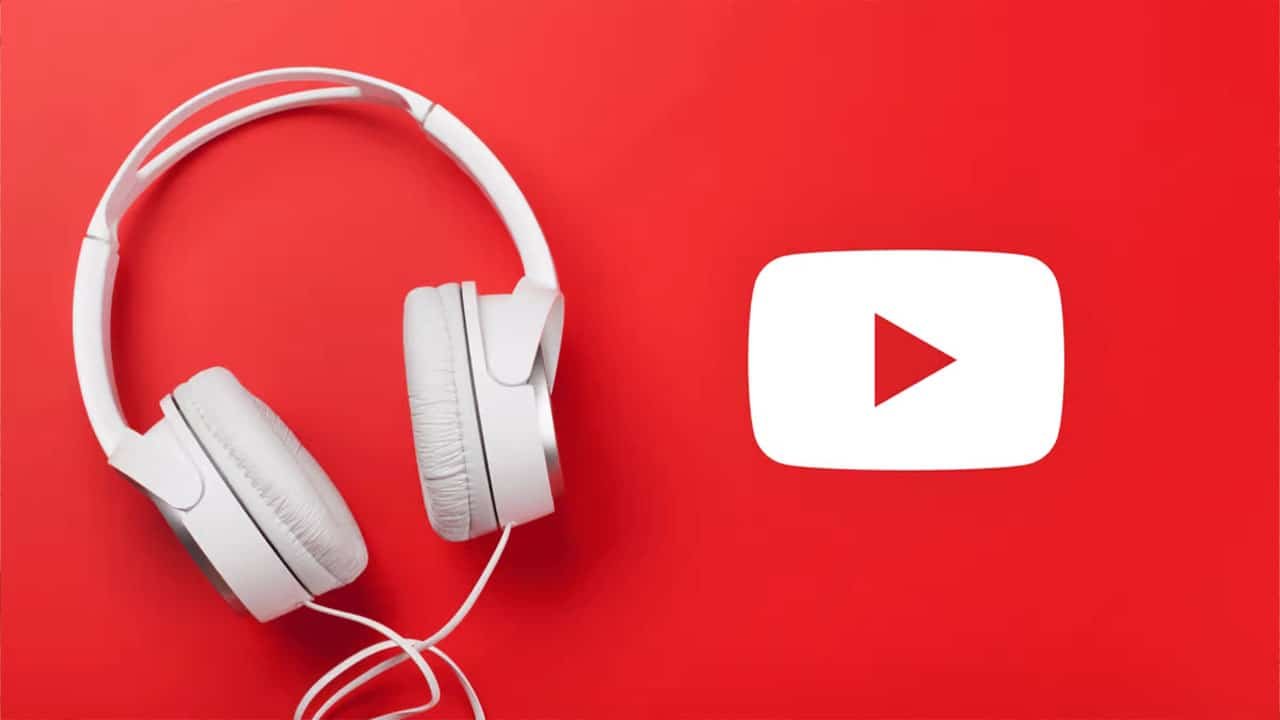YouTube will now enable the monetization of licensed music for content producers. The company unveiled a platform called Creator Music earlier this week, allowing YouTubers to use a library of well-known songs in their videos without risking demonetization.
With the rules of the music rights laid out plainly so that producers may understand the charges, this new location will offer a sizable collection of songs that they can browse through, search, and buy. Additionally, they will be able to select tracks that feature a new revenue-sharing option, which allows both content producers and owners of music rights to profit from their work.
The modifications were unveiled at today’s Made on YouTube live event, where the company outlined its strategies for retaining the community of video creators in the face of TikTok’s mounting threat. Here, it made a number of announcements with the main goal of assisting creators in increasing their earnings.
However, YouTube is also making it easier for producers to locate musical accompaniment for their videos using Creator Music.
“Creators have told us, time and time again, that finding the right song isn’t the hard part. It’s actually figuring out how to license it,” said Amjad Hanif, VP of Creator Products at YouTube.
The music license holder receives all ad money when a creative utilises a tune they don’t own, as was revealed at the event. Because of this, YouTube videos frequently do not use commercial music, which the company’s new service intends to address.
The tracks on Creator Music can either be bought directly or through a rev-share agreement, which keeps the money in-house instead of going to the rights holder. In the first case, the creator is purchasing a license with clearly stated terms and fees.
In the latter scenario, creators won’t have to pay anything up front to get access to the songs; instead, they will divide a portion of their earnings with the musicians.
Creators can utilise this new resource to look for the songs they have in mind or to look for songs within the budget they have established for the project. Instead of being restricted to stock music or having no music at all, as is frequently the case, especially with smaller makers who cannot afford the costs associated with using music in their films, the service allows them a method to access a bigger repertoire of contemporary music.







